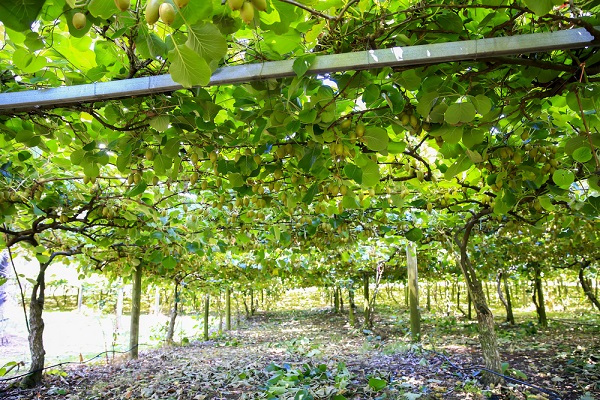Specialty Crops and the Changing Crop Insurance Landscape

By: Olivia Overman
Between 1990 and 2022, liabilities for insured specialty crops rose from $1 billion to more than $23 billion, according to the U.S. Department of Agriculture (USDA). Over the past 20 years, the number of individual specialty crops insured under crop insurance programs increased by 27%, with over 100 individual specialty crops currently insured under crop insurance programs.
In 2022, the Federal Crop Insurance Program (FCIP) program supported about 1.2 million policies that covered 493 million acres and cost the federal government $17.3 billion, according to the USDA. Through the FCIP, the government program ensures the country’s farmers have insurance coverage available to them from private sector insurers to help mitigate potential financial consequences of adverse growing and market conditions. Crop insurance, for which farmers collectively pay between $3.5 billion and $4 billion a year, provides insurance coverage for most field crops, specialty crops and livestock.
U.S. corn accounts for 40% of the world’s production, according to data from the USDA. However, while U.S. farmers plant about 90 million acres of corn each year on average, rising demand for organic specialty crops has encouraged more farmers to diversify by increasing the acreage devoted to them.
This change in landscape led the USDA to beef up crop insurance options for specialty-crop and organic producers. In October 2023, the USDA announced it was expanding the insurance coverage options available for specialty-crop and organic producers to improve insurance options and risk management tools.
Specialty crops grown in the U.S. include kiwis, almonds, grapes and pomegranates, with organic fruits and vegetables now the largest organic retail sales food category, surpassing $22 billion in 2022 and making up about 36% of all organic retail sales, according to the Organic Trade Association. These crops are now included in the expanded crop coverage options.
“The government’s expansion of crop insurance programs has been welcomed and the additional offerings are seen as positive on all sides,” says Michael Deal, executive vice president, chief operations officer, NAU Country Insurance Company, a QBE Insurance Company. “The market is always eager for smart program expansion, and specialty producers are starting to see the coverage they need to sustain their farming operations.”
Further, the FCIP “allows for every eligible grower to participate through Approved Insurance Provider (AIP)-appointed agents and is a cost-effective risk management tool for most farmers,” says Dave DeCapp, senior vice president, marketing, Farmers Mutual Hail Insurance. “This distribution model allows for a greater spread of risk, and availability continues to expand. It remains a valuable and successful program to protect agriculture industries and, in turn, food security.”
Recognizing the shift in consumer tastes, “the USDA has been very willing to listen and respond to the needs of specialty producers, and the impact can be realized from all sides,” Deal says.
Crop insurance in 2024 “is a customizable tool that allows America’s farmers and ranchers to create a risk management plan tailored to their needs,” DeCapp says. “That means growers can be covered if they grow row crops, such as corn or soybeans, or more than 130 other types of crops, such as chili peppers or sunflowers; if they farm conventional or organic; if they are part of a large or small farming operation; and if they farm in Alaska or Florida or anywhere in between.”
Crop insurance is classified in two categories: multi-peril crop insurance and crop-hail insurance. However, this has been evolving, as under the Biden administration, “the Whole Farm policy has been a main focal point and significant enhancements have occurred to broaden specialty crop coverages,” says Joe Kirksey, regional director of crop insurance, Gallagher.
Overall, successive administrations have increased farmer protections. “In recent years, the federal crop insurance program has seen more inclusive growth: it has increased availability for additional crops, expanded to more geographic areas, and has a wider selection of products and services, such as Whole Farm, P.A.C.E., Livestock, and Dairy, to meet the needs of more farmers and ranchers in America,” DeCapp says.
Olivia Overman is IA content editor.










